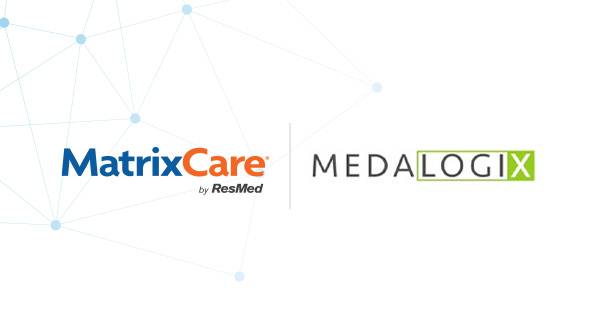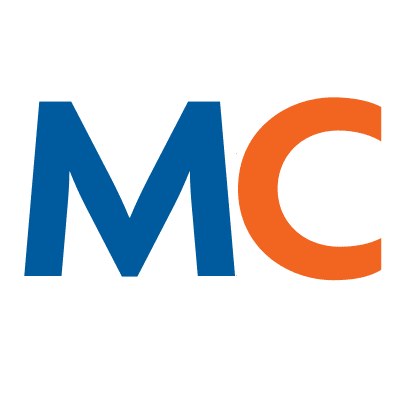- Solutions
- Solutions
- Home Health
- Hospice
- Life Plan Community
- Palliative Care
- Private Duty
- Senior Living
- Skilled Nursing
- Skilled Nursing
- Skilled Nursing Software
- Advanced Insights
- Customer relationship management
- Data and analytics
- Financial & operations management
- Marketing
- Nutrition management
- Referral management
- Regulatory compliance
- Retail management
- Resident engagement
- Revenue cycle management
- Skilled nursing interoperability
- Partners
- Blogs
- Resources
- About
- User Conference

Understanding the new quality measure: Functional Discharge Score
With OASIS-E1 going into effect at the start of 2025, home health agencies must be ready for these updates in order to better align with other post-acute care settings. Among the changes set to be implemented in January of next year are four new quality measures, one of which is the Functional Discharge Score.
In this blog, we explain this new measure, how it can impact your agency and best practices for improving the score.
What is the Functional Discharge Score in OASIS-E1?
Functional discharge scoring is the actual patient’s score on functional items at the point of discharge. This quality measure will span the post-acute care setting to provide valuable information about an agency’s quality of care. Functional status is associated with:
- Quality of life
- Morbidity and mortality (falls, hip fractures, risk of disease)
- Cognitive function
- Recovery post procedure or hospitalization
- Nutrition status
- Emergency department use/rehospitalization
While CMS has used the M1800s to compare a patient’s admission functional status to the discharge functional status, this new measure will base status on the GG questions — a significant change for agencies.
GG items in the OASIS-E1 update
10 GG items will be used to compute the Functional Discharge Score (replacing the TNC score computed from M1800 items):
- GG0130A – Eating
- GG0170A – Roll left and right
- GG0130B – Oral hygiene
- GG0170C – Lying to sitting on side of bed
- GG0130C – Toileting hygiene
- GG0170D – Sit to stand
- GG0170E – Chair/Bed-to-chair transfer
- GG0170F – Toilet transfer
- GG0170I – Walk 10ft
- GG0170J – Walk 50ft with two turns (ambulatory)
An additional code — GG0170R – Wheel 50ft with two turns (non-ambulatory) — should be used when “Walk 10ft” has an ANA code at both admit and discharge and when “Wheel 50ft” or “Wheel 150ft” has a code between 1-6 at either admit or discharge.
Medicare will use the admit score and risk adjustment factors to calculate the expected discharge function score. The observed discharge function score, which is the sum of all 10 GG items at discharge, must be greater than or equal to Medicare’s expected score to obtain credit for this quality item.

Best practices for improving Functional Discharge Scores
The biggest challenge for most agencies is that they don’t get the OASIS scoring correct at the start of care due to lack of education on OASIS items. This can lead to the inability to show improvement at discharge because patients were scored as more independent than they should have been. Here are some best practices to help improve these scores under the new OASIS-E1 updates:
Collaborate with therapies.
Be sure to collaborate with therapies when answering these questions and whether the patient is doing it safely. Just because they walk across the room 10 feet without assistance, are they safe to walk across the room 10 feet without assistance?
Educate clinicians on each question.
The GG items have been largely ignored by agencies because they haven’t held much importance. They’ve often been viewed as a repeat of what is asked in the M1800 questions. Now that has to change and clinicians need to pay more attention and understand the significance of the GG items.
Consider its impact on value-based purchasing.
If your agency scores below average compared to other comparable agencies, you can get up to a 5% penalty. If you do better than other agencies with your scoring, you can get up to 5% additional in reimbursement. This is for every patient, so value-based purchasing has a major impact on your agency’s performance.
Don’t underestimate the importance of OASIS-E1
Your agency can provide wonderful care and make significant differences in your patients’ lives, but the only thing Medicare sees beyond rare onsite surveys are OASIS responses. If you don’t get these correct, they won’t be able to quantify the great improvements you’re making with your patients.
While the importance of these assessments is clear, many agencies struggle to keep up with ongoing changes and updates. MatrixCare’s coding experts are a trusted source to help ensure your staff is well educated on the latest OASIS measures and how to create workflows that can help maximize your revenue.
Connect with us today to learn how we can help you prepare for OASIS-E1 success.
Trish Weber
Early in her career as a registered nurse, Trish realized that her true passion is with the senior population. Consequently, she has dedicated the majority of her 30-year nursing career to long-term care (LTC) and home health settings. Here she has acquired invaluable insights from the perspective of a field clinician and has also contributed significantly to overseeing the Quality Assessment and Performance Improvement (QAPI) program.
She possesses extensive expertise in ICD-10 coding and the OASIS instrument, holding certifications in both specialties. This comprehensive knowledge and skill set inform her contributions to the coding department, where she strives to foster continuous growth for the team and its services. By working collaboratively, Trish aims to deliver the highest quality product to enable agencies to shine and receive the full reimbursement they deserve.
Related Posts



See MatrixCare in action
Start by having a call with one of our experts to see our platform in action.
MatrixCare offers industry-leading software solutions. Thousands of facility-based and home-based care organizations trust us to help them improve efficiency and provide exceptional care.
© 2025 MatrixCare is a registered trademark of MatrixCare. All rights reserved.




